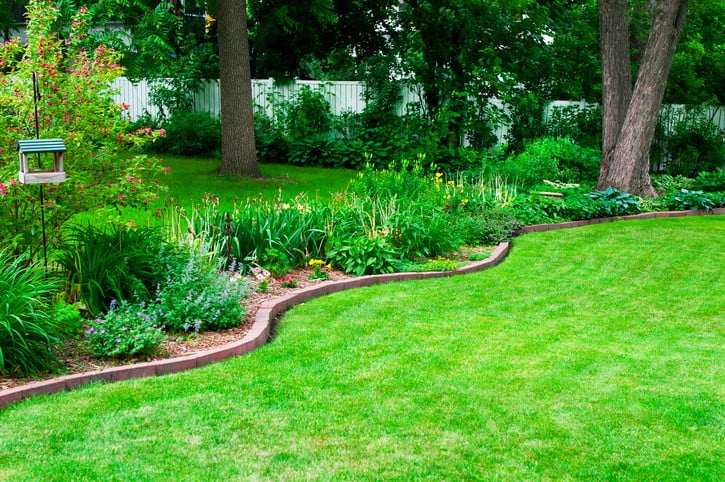sustainable landscape design
Sustainable landscaping includes a variety of practices that have evolved in response to environmental issues. These practices are used at every stage of the landscape, including the design, construction, implementation and management of residential and commercial landscaping.
Sustainable landscapes are designed to be attractive and in balance with the local climate and environment, and should require minimal resource inputs. Thus, the design must be "functional, cost-effective, visually pleasing, environmentally friendly and maintainable". Under the concept called sustainable development, close attention is paid to conserving limited and costly resources, reducing waste and preventing air, water and soil pollution. Landscape maintenance practices greatly affect the waste produced and the maintenance cost itself as the use of electrical or degrading gases. Plant instead of using hand shears that create plant longevity and reduce the amount of waste over time and prevent mishapping of plant material and remove the 'balls and boxes that unskilled sellers create. In addition, composting, fertilizing, lawn cycling and pest control measures that avoid or reduce the use of Chemicals, integrated pest management, use of the right plant in the right place, appropriate use of a lawn, effective irrigation and cultivation or hydroponics are all components of a sustainable landscape.
sustainable landscape solutions
• Reducing storm water run-off through the use of biomass, rain gardens, and green roofs and walls.
• Reducing water use in landscapes by designing water garden techniques (sometimes known as xeriscaping).
• Biofiltration of waste through built-up wetlands.
• Irrigating the landscape using water from showers and sinks, known as gray water.
• Integrated pest control techniques for pest control.
• Create and enhance wildlife habitats in urban environments.
• Energy-efficient landscape design in the form of proper placement, selection of shade trees and creating wind breaks.
• Permeable paving materials to reduce storm water flow and allow rainwater to infiltrate the ground and replenish groundwater instead of entering surface water.
• Use of sustainably harvested wood, composite wood products for decking and other landscaping projects, as well as the use of plastic wood
• Recycle products such as glass and rubber from tires and other materials to create landscape products such as paving stones, sawdust, and other materials.
• Soil management techniques, including kitchen compost and yard waste, to maintain healthy soils that support the diversity of soil life.
• Integration and adoption of renewable energy, including solar landscape lighting.


